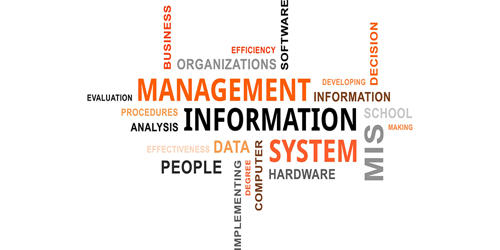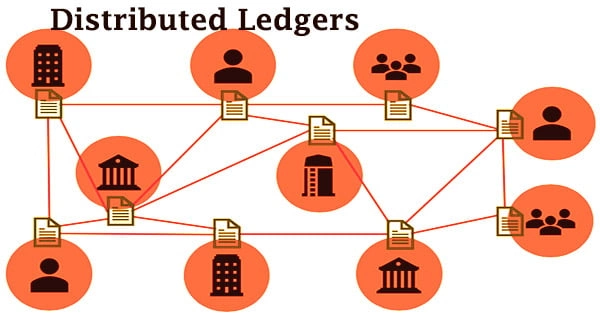Management Information System (MIS)
A management information system (MIS) is a computer system consisting of hardware and software that serves as the backbone of an organization’s operations. It is a computerized structure that gathers comprehensive data, organizes and summarizes it in meaningful information, and then provides managers with the information needed to support operations and decision-making functions in an organization. An MIS gathers data from multiple online systems, analyzes the information, and reports data to aid in management decision-making.
The purpose of an MIS is improved decision-making, by providing up-to-date, accurate data on a variety of organizational assets, including: Financials, Inventory, Personnel, Project timelines, Manufacturing, Real estate, Marketing, Raw materials, R&D, etc.
The goal of an MIS is to be able to correlate multiple data points in order to strategize ways to improve operations. The information is provided often through an MIS division, the main objective of the MIS is to supply the right types and amount of information to-each level of management. A good MIS can give your business competitive advantage because it turns thousands of data points into helpful, usable information that can be used to tweak your strategy and increase profits. The reason why Management Information Systems are very important in the day to day operation of companies is that these systems work with people, organizations, technology, and relationships among the people and organizations affecting the company.
The key requirement for the proper functioning of the MIS is an effective combination of personnel, equipment, and supporting computer systems to provide useful information. Using a Management Information System is beneficial because it provides data for both the big and small pictures on operations, management, strategy, and transactions. Any single, factor is not sufficient to carry out the entire system. Within the MIS there are various subsystems to carry out specialized information. Five such subsystems are the management support system (MSS), the decision support system (DSS), the accounting information system (AIS), the office information system (OIS), and the data manipulation and reporting system. Examples of MIS software include Microsoft Dynamics, Fleetmatics WORK, Clarity Professional MIS, and Tharstern Limited.
















